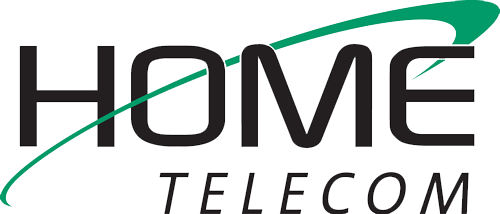
We often hear DSL, CM and Fiber used in the tech world - but what do these terms mean, and what’s the difference between DSL vs. cable vs. Fiber? Home Telecom breaks down fancy internet lingo, delving into each kind of service.
Breaking Down the Significant Differences Between DSL vs. cable vs. Fiber
What is DSL?
DSL (Digital Subscriber Line) uses copper phone lines to help transmit the data. DSL is a step above dial-up internet service, but its speeds are slower than other modern-day upgrades.
Traditional DSL requires the use of our phone service at your address to get DSL. Home Telecom also offers a Naked DSL solution that does not require a phone line.
Home Telecom is committed to helping expand and enhance DSL service in rural areas - such as Cross, Jamestown, Alvin and Huger - with smaller populations. It is important to understand that DSL speeds correlate to how close a customer is to one of our units, which are visible off rural highways. The closer our customers are, the more DSL speed that is available. Even though Home Telecom has invested significant improvements in adding additional units, the highest DSL speed available is 50 Mbps. There is the possibility of receiving up to 75 Mbps in certain areas located next to the units. Unfortunately, if you are more than 8,000 feet from a unit, you will receive minimal speed, if any service at all.
You may be wondering why you only see Home Telecom DSL units in these areas. The fact is that larger telecommunications companies are not willing to commit any funds to rural service areas where there are sparse populations, as they are more focused on immediate investment returns.
View our current DSL high speed internet offers.
What is CM?
Cable internet is through the same coaxial cables that your television services use. It offers a significant increase from traditional DSL or Naked DSL.
As an internet service provider (ISP), Home Telecom transmits signals through these cables into homes. The data is received and then transferred through a cable modem, which then converts the digital information into a readable computer format.
It is widely available throughout the US, which is a stark contrast to the next type of internet connection we’ll discuss - Fiber.
View our current cable modem high speed internet offers.
What is Fiber?
Fiber-optics technology uses an ultra-thin type of glass strand that can carry light instead of standard electricity. Ever heard the saying, “faster than the speed of light?” Since light travels so quickly, fiber connections can often see gigabit speeds that could be up to 100 times faster than traditional DSL.
Home Telecom is committed to extending our growing fiber network over the next 10 years. Fiber expansion is an expensive commitment and cost-prohibitive in some areas, which is why we focus on expanding and enhancing DSL services to more remote, rural communities. Since fiber is costly to run, it’s most cost-efficient in populated suburban areas.
We were recently awarded a significant ReConnect grant and will be able to expand our fiber offerings to some rural areas. This expansion is an extended five-year project and will not cover all rural areas where we currently offer DSL. However, our engineering and planning team are working to enhance our DSL service and seeing what areas can upgrade to fiber in the future.
